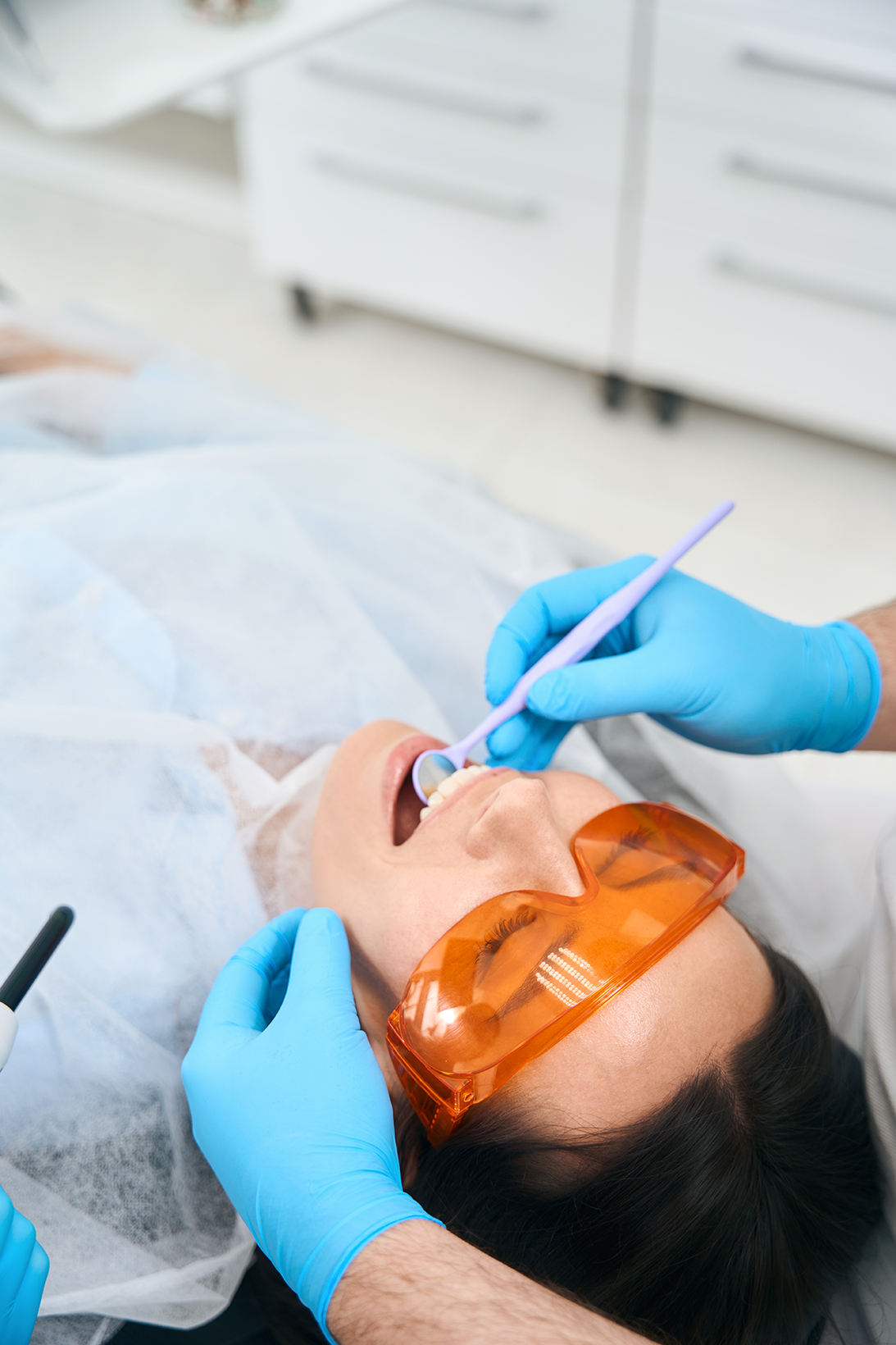Dental fillings are a routine and effective way to treat cavities and restore tooth structure, but you may not realize fillings can wear out or fail. Fillings can last 20+ years, helping protect your teeth from further decay. But they don’t last forever.
Many people assume a filling is permanent, or they only think to get it checked if they’re in severe pain, but a failing filling can be subtle at first. Knowing the warning signs and understanding why fillings sometimes need to be replaced can help you stay ahead of the problem and avoid more serious dental issues down the line.

Natural Wear and Tear
Teeth go through a lot every single day: chewing, grinding, biting, and temperature changes. Over time, this normal wear and tear can cause a filling to weaken, chip, or wear down. The older the filling, the more likely it is to degrade.
Filling Material and Age
Different filling materials have varying lifespans. For example, amalgam fillings last 10-15 years, while composite fillings last between 5 and 10.
Cracking or Fracture
A filling can crack from biting into something hard (like ice or hard candy) or from long-term pressure due to teeth grinding, also known as bruxism. Even a small crack can allow bacteria to enter and cause decay beneath the filling.
Decay Around the Edges
If a filling doesn’t completely seal the cavity—or if the seal breaks down over time—bacteria can sneak in around the edges, leading to further decay. This is one of the most common reasons a filling needs to be replaced.
Poor Fit or Technique
While less common, some fillings fail because they weren’t placed properly to begin with. An ill-fitting filling may not bond correctly to the tooth or may not align well with a patient’s bite.
Why Do Dental Fillings Fail?
Fillings are strong, but not indestructible. Sometimes fillings need to be replaced. Several common factors can cause them to wear out or fail over time:
Early Warning Signs of a Failing Dental Filling
Don’t wait until a filling falls out or causes extreme pain to act. Here are some early signs that it’s time to get your filling checked:
- Increased sensitivity to hot, cold, or sweet foods. Poor sealing can leave the tooth vulnerable to sensitivity.
- Pain when chewing or biting. Bite feels “off” –a filling that’s too tall can make your teeth feel uneven when you close your mouth.
- A rough or sharp edge you can feel with your tongue.
- A change in color around the filling.
- Cracks, chips, or visible damage to the filling. Poor bonding can allow bacteria to seep in, leading to new decay or discoloration.
- A feeling that the filling has become loose or shifted.
- Persistent bad breath can indicate decay beneath the surface.
- Pain when flossing around the filled tooth –this can mean the contact between teeth has changed, or food is getting into a gap.
Even if a filling seems fine, regular check-ups allow a dentist to spot issues before they become serious. X-rays and clinical exams can detect hidden decay or structural problems early on.
Don’t Let Apprehension Keep You From the Dentist
A filling replacement can feel discouraging, but it’s a normal part of maintaining oral health. Catching a failing filling early can save the need for more extensive procedures like crowns or root canals.
A quick visit to the dentist can give you peace of mind and keep your smile in great shape.
Time for a Check-Up?
If it’s been a while since your last dental visit, or if you’ve noticed any of the signs above, schedule a check-up. A little preventive care today can protect your teeth for years to come.


